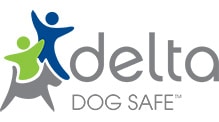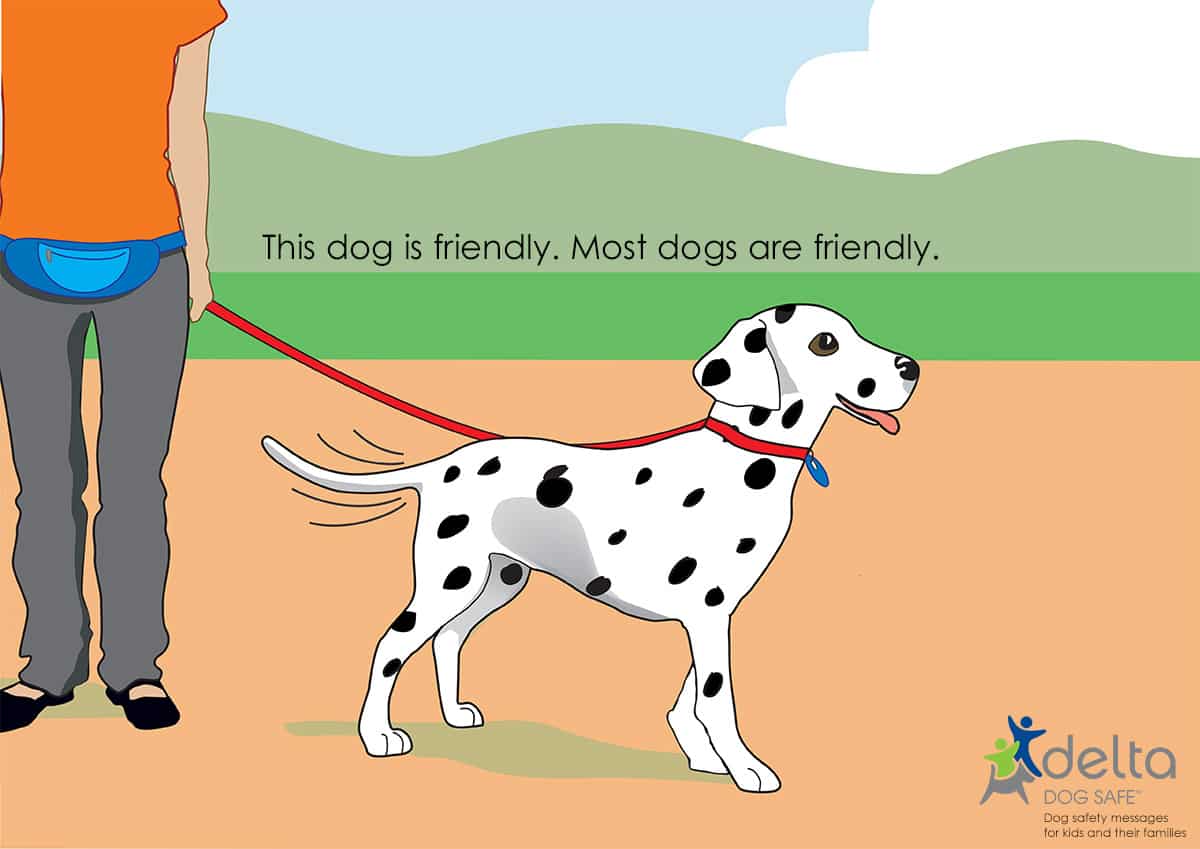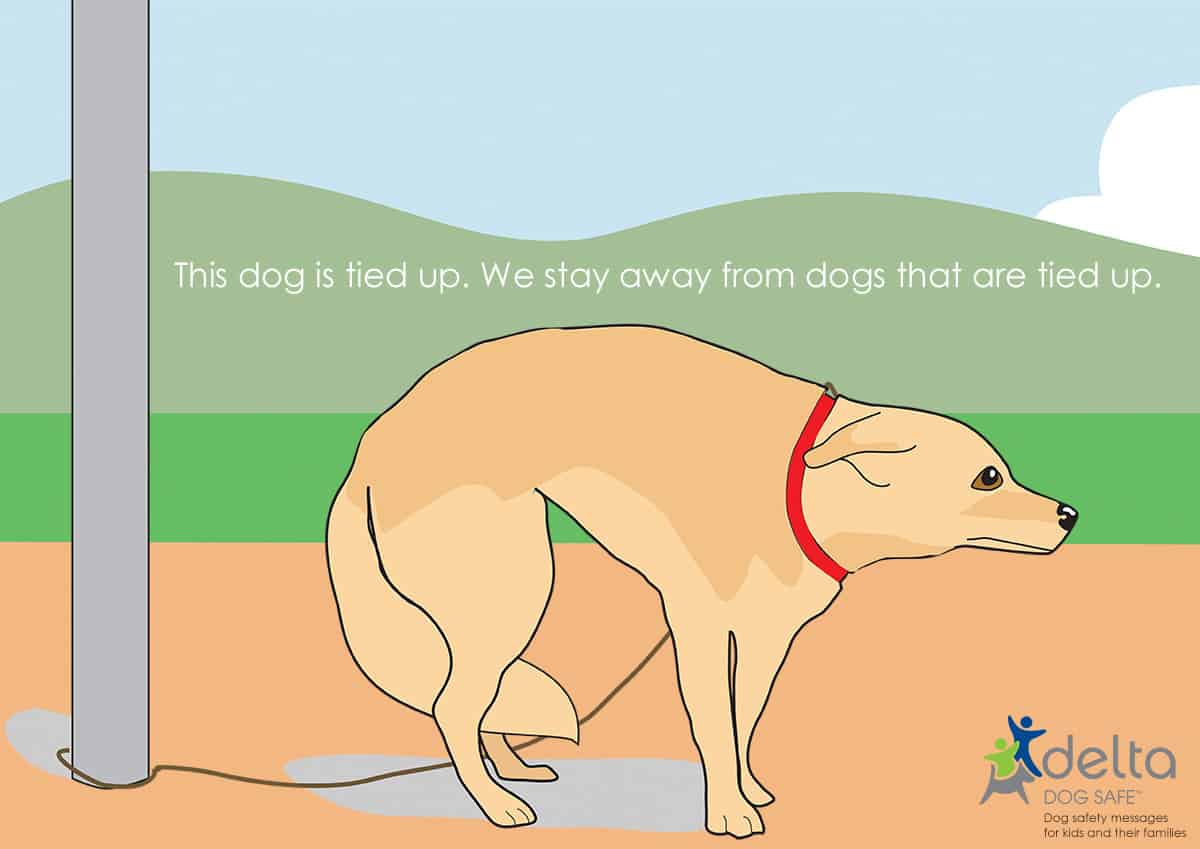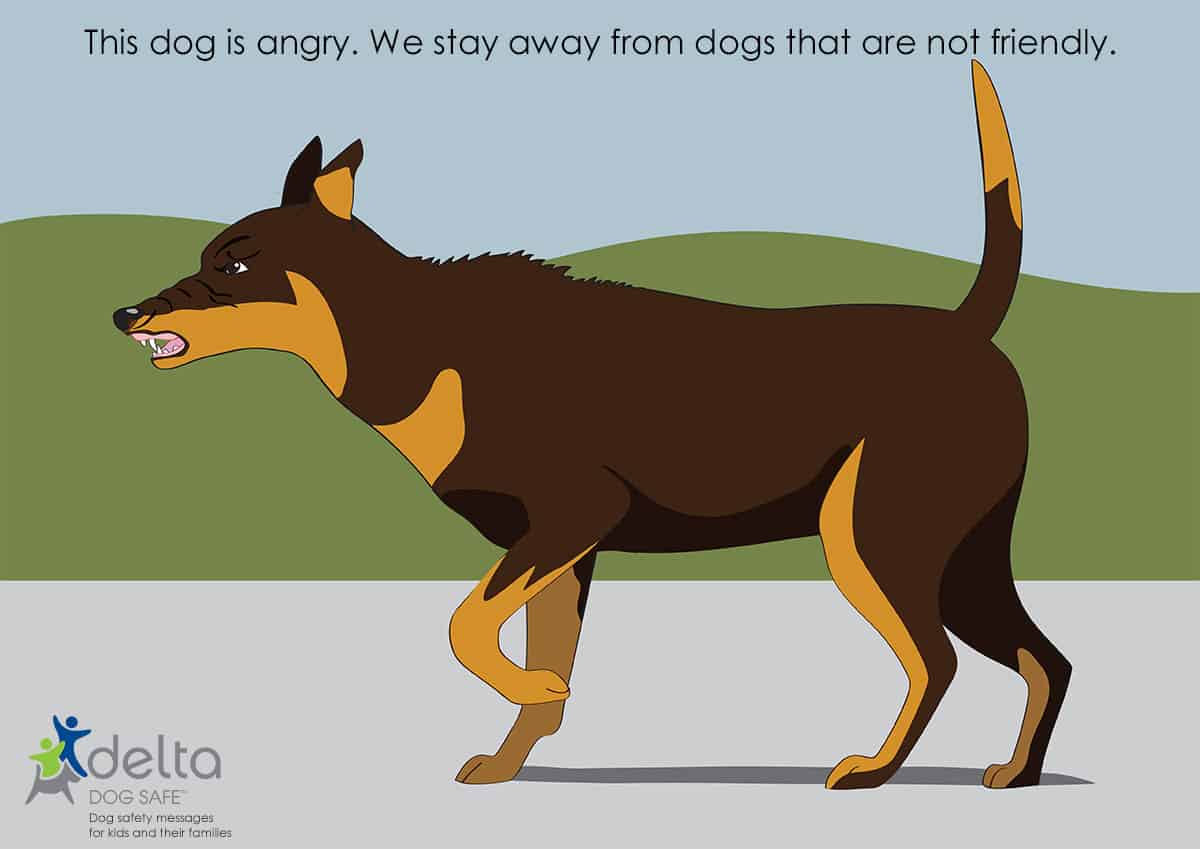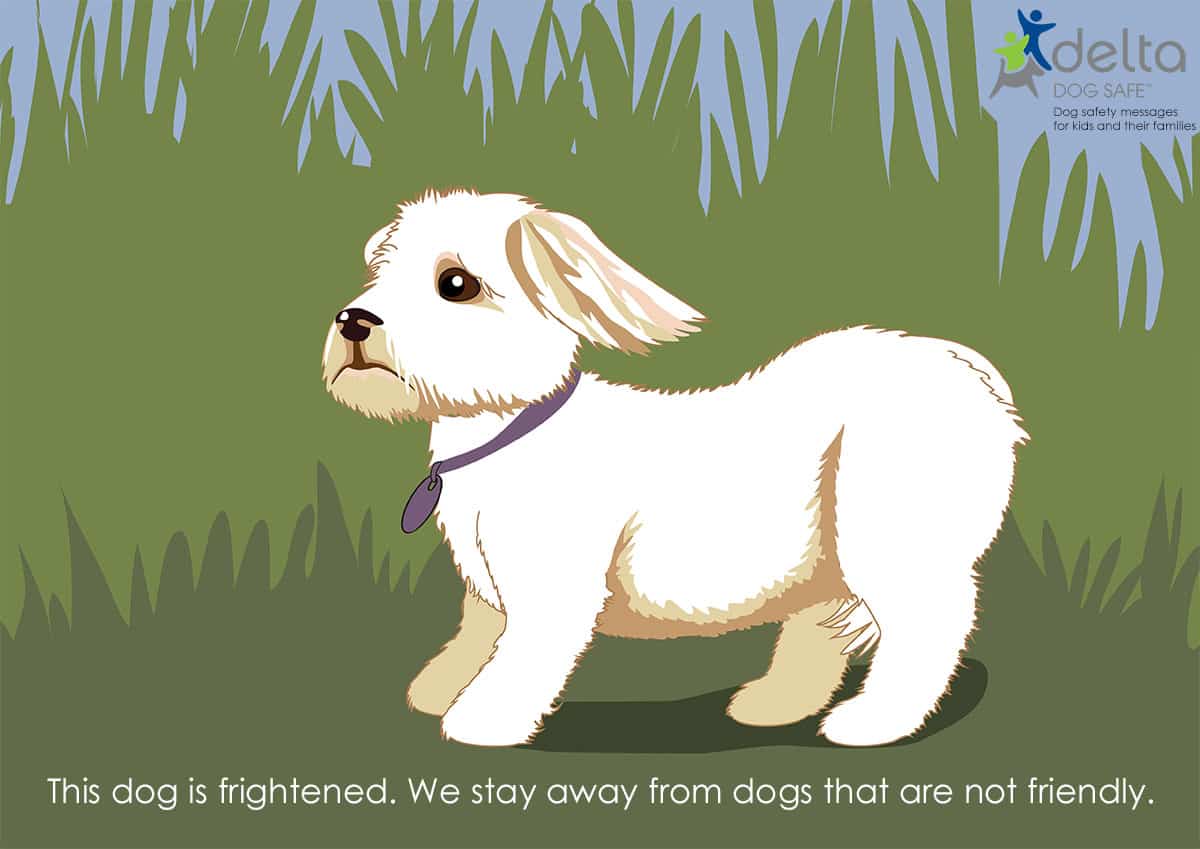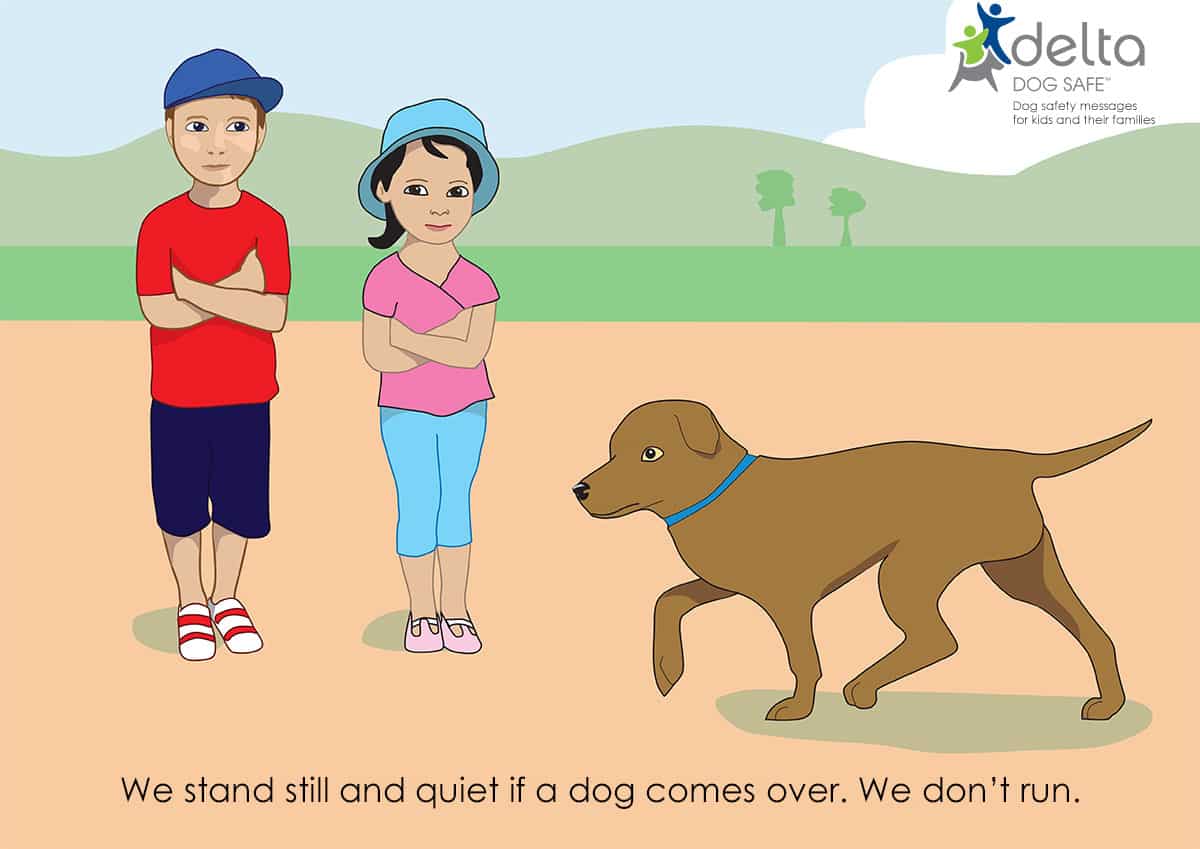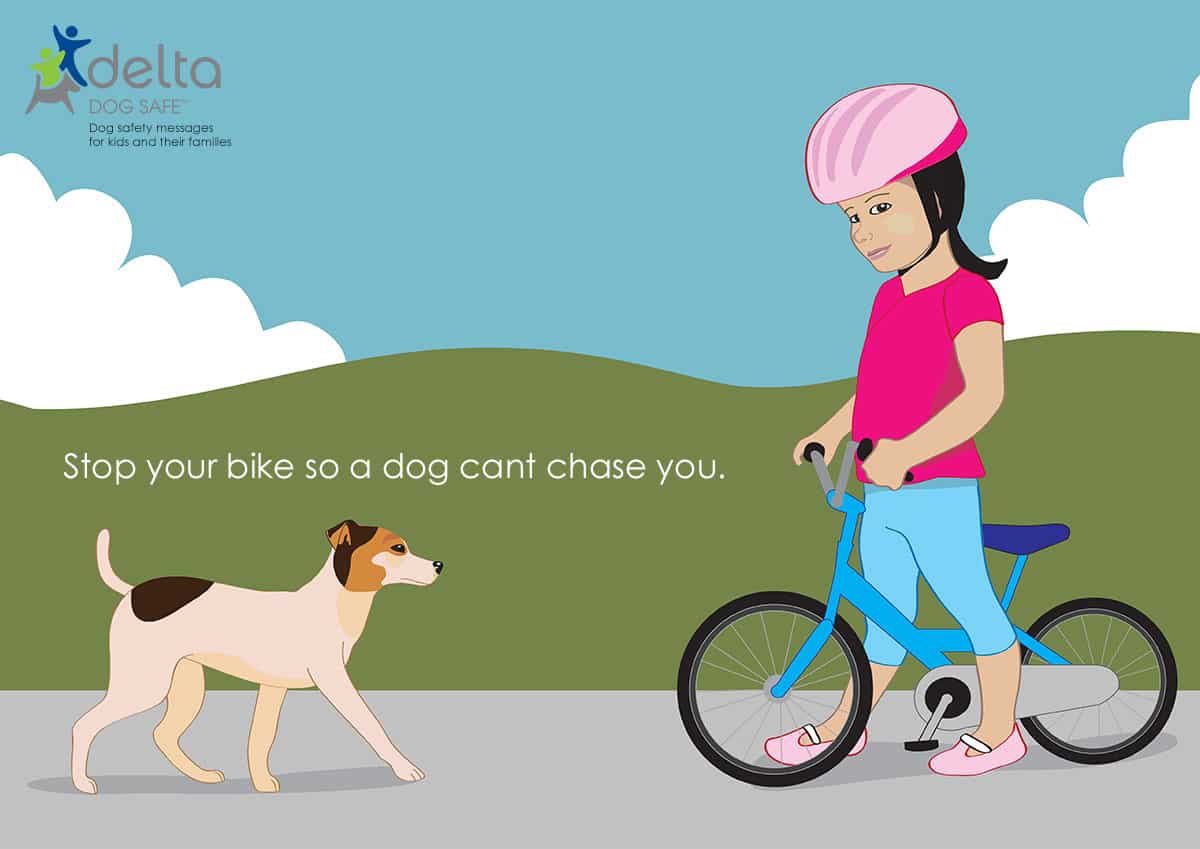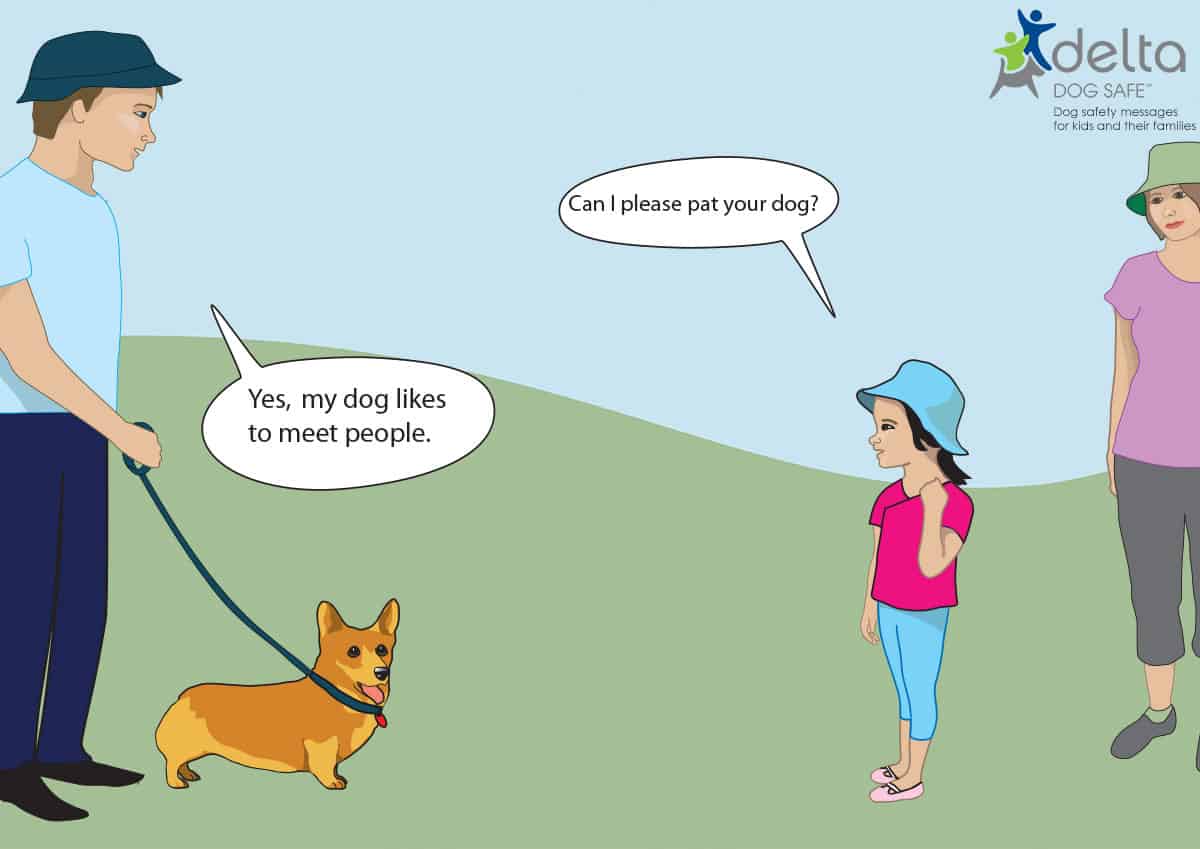This page provides dog safety messages for you and your family.
A pet in the family provides many well documented benefits to children’s health and well being.
When all family members understand the basics of dog behaviour and can interpret and respond to dog body language, everyone benefits.
Encouraging children to observe dogs’ body language and respect dogs’ needs helps reduce the risk of dog bites.
It is important to supervise young children around dogs at all times to ensure dog-child interactions are safe. When you cannot directly supervise them, it is safest for both of them that they are not left together.
When dogs and children do not interact well or when you cannot supervise them, it is safest to have a separate area for each.
Dogs can become less tolerant with age, pain, stress and in moments of high excitement or anxiety.
Be aware that children raised with tolerant, friendly dogs may be at risk with other less tolerant dogs.
Most dogs are friendly.
Friendly dogs appear relaxed, calm and interested.
Some dogs are not friendly. We leave them alone.
Dogs may not want to interact if they are frightened, angry, sick, tied up, eating, guarding or sleeping.
Angry or frightened dogs are not friendly.
Angry dogs:
- Might stand up straight and look at you.
- They straighten their tail, growl or lift their lips in a snarl.
- They may raise the hair on the back of their neck.
Frightened dogs:
- Might lower their tail, ears and body.
- They might look away to avoid eye contact.
Discuss dog body language and interpreting the dog’s feelings with your child.
Teach your child:
- Not to interact with any dogs unless you are there, but especially scared or angry dogs.
- Not to frighten or anger dogs by teasing, hurting or playing roughly with dogs.
- What to do when they feel unsafe around a dog – stand still, stay quiet, don’t run, tuck your hands under your arm pits, wait for the dog to go away then tell a grown up you trust.
- What to do if they are knocked down by a dog and feel unsafe. Curl up like a turtle, stay quiet, wait for the dog to go away then tell a grown up you trust.
- To always ask before patting a dog that looks friendly – first they ask their grown up, then the dog’s owner and then they ask the dog by inviting him to come over and sniff the back of their hand. If the dog comes over, it’s best to stroke the dog on the chest, not pat a dog on the head.
Annual Dog Bite Incidences in Australia
Being bitten by a dog can leave a child with physical and emotional scars for life.
50% of all dog bites occur in children under 10 years old.
Two in every three bites involves a dog known to the child, usually the family dog, a friend’s dog or neighbour’s dog.
Testimonials
Dear Delta Dog Safe, thanks very much for your work educating our children about dog behaviour. My daughter used to be timid and uncertain around dogs. She’s now in Grade One but when she was in Prep you visited with Dog Safe and she really took it all in. We could really see her using the behaviours when approached by family friends’ dogs. She used to be very afraid but we now have our own dog – a border collie X kelpie and they are firm friends even though he is too boisterous at times. Thanks so much again.
